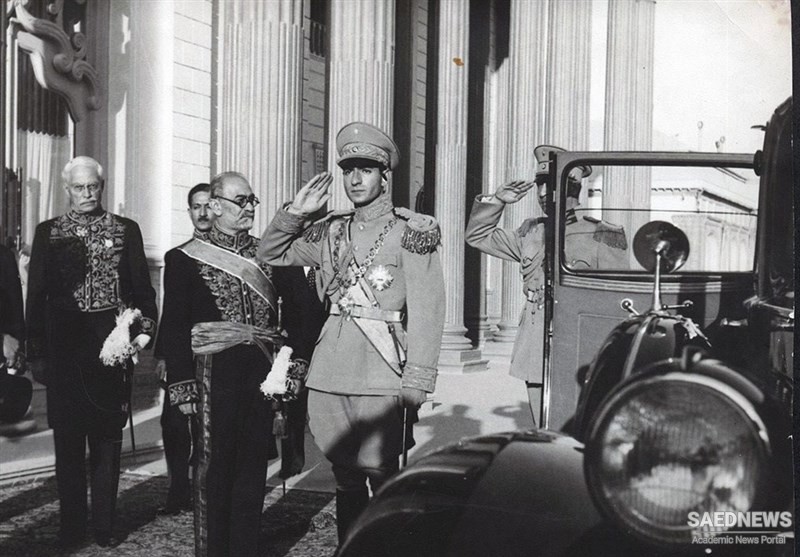On his accession, the shah took a number of other well-publicized measures to improve his public standing. He took his oath of office before the Majles wearing civilian clothes; vowed to reign – not rule – as a constitutional monarch respecting the fundamental laws; sought out civilian advisors; and highlighted his democratic credentials, notably his Swiss education. He earmarked the sum he had transferred to the government to be spent on hospitals, medical laboratories, and public libraries; on a water system and shelter for the poor in Tehran; on new medical colleges in Tabriz, Mashed, and Shiraz; and on a nationwide campaign against malaria and eye diseases. He handed over his father’s estates to the government so that the latter could return them to the original owners – these estates, however, became a major bone of contention. He also relinquished the religious endowments which his father had transferred to the ministry of education. He took a number of well-publicized pilgrimages – including to Mashed and Qom. What is more, he assured Grand Ayatollah Aqa Hussein Qomi, the senior mojtahed in Najaf, that the state would no longer wage its campaign against the veil. Women – or rather, their immediate communities – could decide whether or not to wear the veil – and what form the veil should take. The British legation reported that the propertied classes, as well as the shah and the government, were eager to forge an alliance with the clergy so as to “turn men’s minds away from communism to religion.”
The 1941 invasion thus inaugurated an interregnum that lasted a full thirteen years. It put an end to the era when the monarch had ruled supreme through his undisputed control of the army, bureaucracy, and court patronage. It began a period when the new monarch continued to hang on to much of the armed forces, but lost control over the bureaucracy and the patronage system. This interregnum lasted until August 1953 when the shah, through a coup engineered by the Americans and the British, reestablished royal authority, and, thereby, recreated his father’s regime. In these thirteen years power was not concentrated in one place. On the contrary, it was hotly contested between the royal palace, the cabinet, the Majles, and the urban masses, organized first by a socialist movement and then by a nationalist one. In this contest, the center of political gravity shifted away from the shah, back to the notables who had ruled the country from 1906 to 1921, but who had been relegated to the background in the period from 1921 to 1941. They now reemerged on the national scene in full force. One British diplomat drew striking parallels with his own country’s experience: “The situation resembles England before 1832, with the landowning class in charge of Parliament and of the Cabinet, and with two classes in the country – one bloated with wealth, and the other abjectly poverty-stricken and powerless.” Bullard, who harbored few illusions about long-term prospects for democracy, cautioned: “It seems extremely likely that once foreign troops have gone, some form of dictatorship, however disguised, will be set up, doubtlessly with the army as a base. But at present it is best (for us) to support the Majles.”


 Mohammad Ali Shah's Collapsing Reign
Mohammad Ali Shah's Collapsing Reign














































